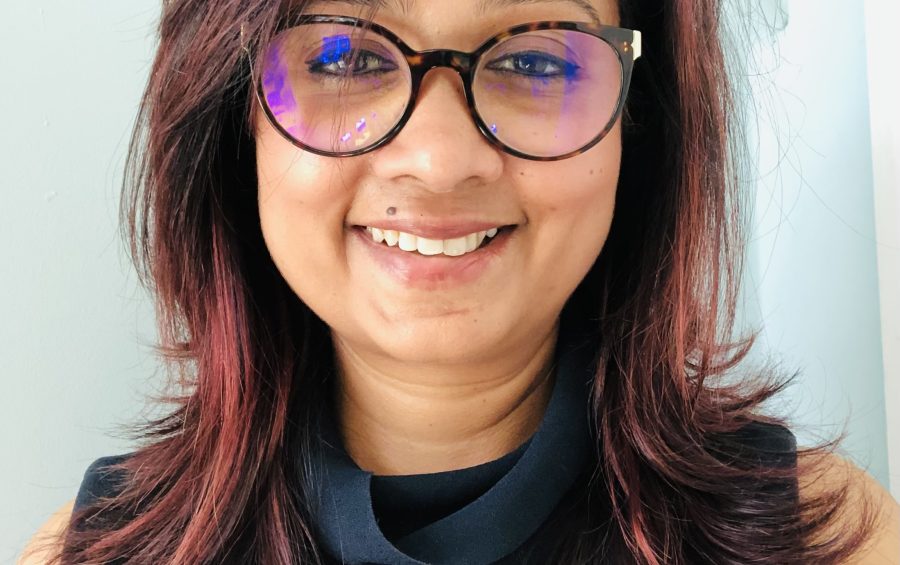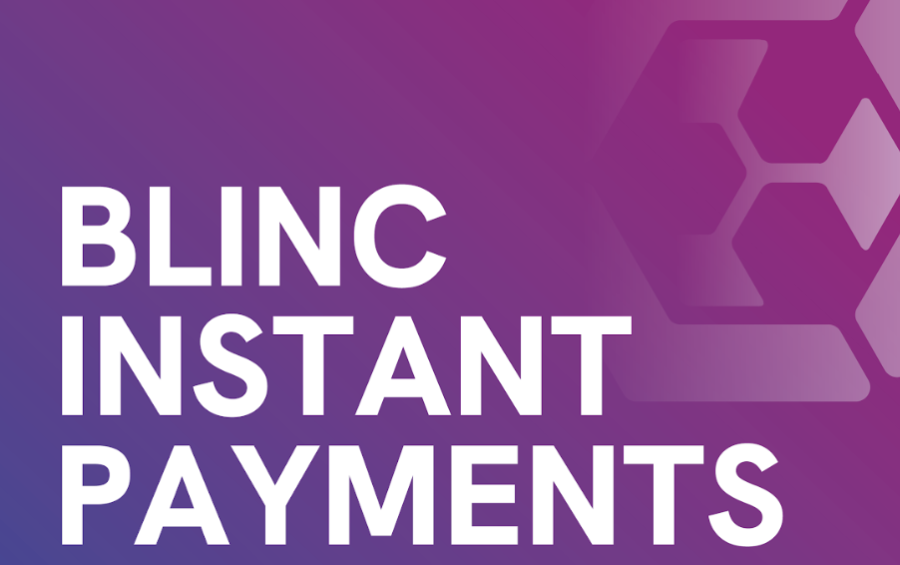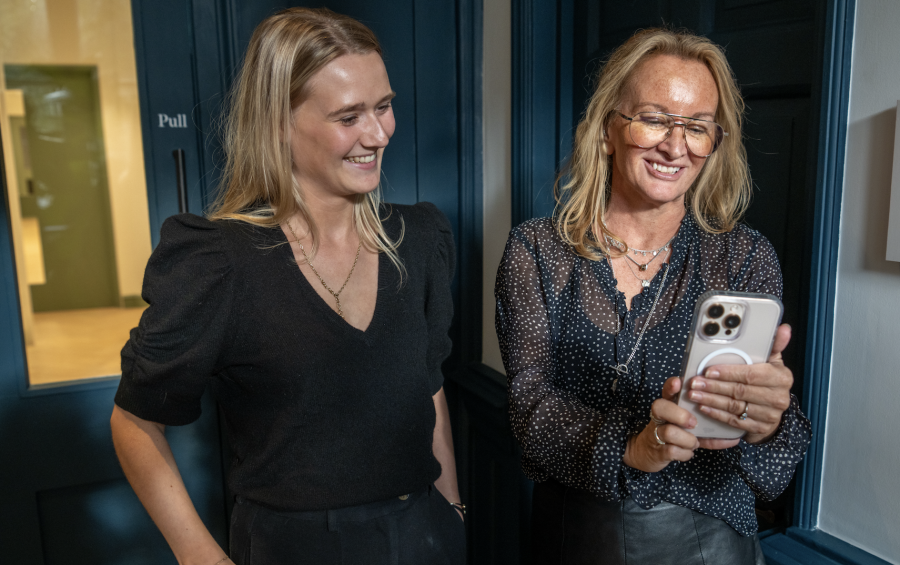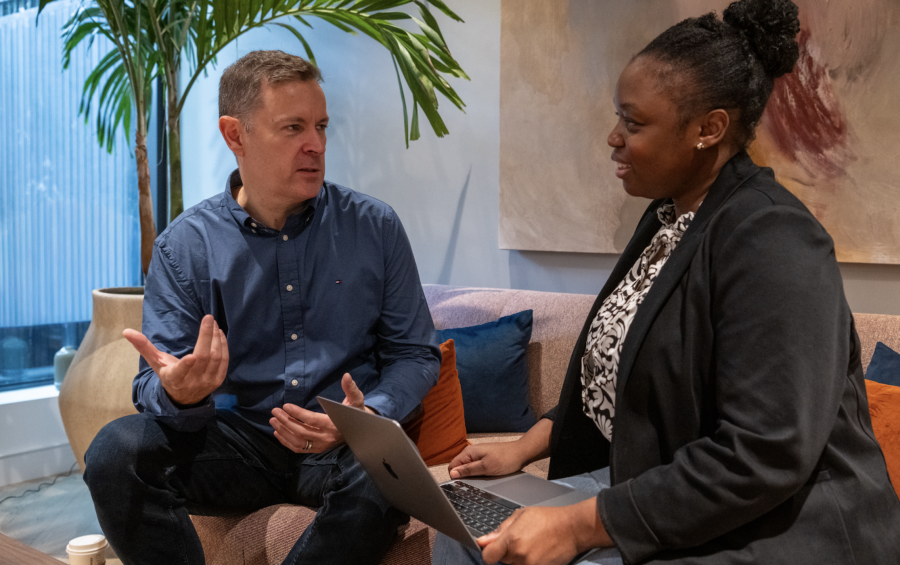BCB Group - Insights - THE GROWING IMPORTANCE OF RISK FRAMEWORKS IN CRYPTO

THE GROWING IMPORTANCE OF RISK FRAMEWORKS IN CRYPTO
The growing importance of risk frameworks in crypto, insights from BCB Group’s Executive Director of Risk Management.
Over the past few years, we have witnessed extraordinary growth and innovation in the digital asset space. Yet this fast-paced evolution has brought heightened exposure to financial, operational, and reputational risks – challenges that technology alone cannot solve. Drawing on over a decade working across banking, trading, supervisory authority- the regulator, payments sector and now leading risk management and compliance at BCB Group, a leading crypto-dedicated payment service and trading services provider for the digital asset economy, I have seen first-hand how critical robust risk frameworks are for building trust and stability in financial services. In July 2025, I was honoured to be named “Risk Leader of the Year” by Women in GRC. For me, this award reflects not just personal recognition, but the industry’s growing acknowledgment that risk frameworks are central to the credibility and sustainable growth of the crypto sector. In essence, risk frameworks are the rails that keep innovation sustainable and trusted.
Throughout my career from retail banking risk support to compliance advisory roles in treasury, trading, and wholesale banking I’ve learned that the best frameworks strike a balance between control and flexibility. One of the biggest lessons from the evolution of traditional payments is that trust is everything: without a clear, well-designed, and effective risk framework, trust remains fragile. In crypto, where products are borderless and rapidly evolving, the stakes are even higher. As crypto continues to merge with traditional finance, building these frameworks is not just good governance, it is the foundation for long-term trust and growth. The key question then becomes: how do we balance the speed of innovation with the need for stability and predictability?
From experience, here are some practical dos and don’ts I would like to share:
- Design proportionate frameworks and tailor them to your business model, ensure they evolve with the company, and make them robust enough to address systemic risk while staying practical for your scale and complexity.
- Keep them adaptive in line with your risk appetite, controls, and reporting must evolve with new products and markets.
- Involve key stakeholders early on such as Tech, Ops, Product, Risk, Compliance, Leadership so that effective controls are agreed upon and embedded from the outset.
- Avoid over-engineering frameworks to the point they block agility or create operational blind spots.
- Avoid preparing complex policies and overly detailed processes which can slow innovation and decision-making.
- Avoid treating risk as purely a compliance issue because risk awareness should guide daily business decisions at every level.
And above all, effective risk frameworks must stand on the ”three lines of defence model”. Even in crypto, where decentralisation and new technologies can blur roles, the 3LOD model remains vital: it improves accountability, clarifies ownership, and lets risk teams focus on strategic risk assessment rather than reactive firefighting. At BCB Group, clearly defining these roles has helped us balance speed with resilience, protect customers, and support the wider ecosystem.
Looking ahead, as crypto and traditional finance converge further, there’s a growing recognition that trust, resilience, and responsible innovation must sit at the heart of business strategy not just compliance. Frameworks that blend strong governance, proportional controls, and continuous review will be essential foundations for growth. I’m eager to hear from industry peers: how do you see the balance between innovation and risk evolving? What lessons should we carry from traditional finance, and what should the next generation of crypto risk frameworks look like?
By sharing and learning together, we can help the digital asset ecosystem mature safely, sustainably, and with the trust it needs to thrive.







